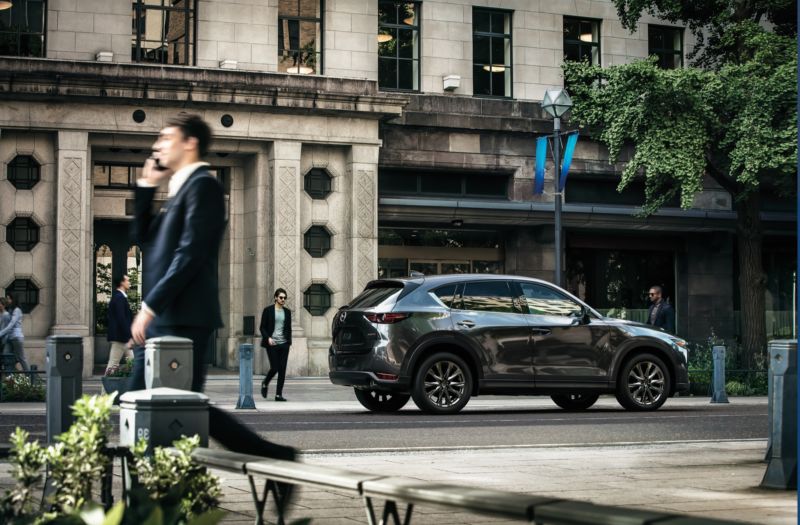
Diesel's fall from grace
You can be forgiven for thinking that "diesel" is now a dirty word. For a while, this liquid hydrocarbon fuel looked like it might be an important tool in helping fight climate change. After all, diesel engines are much more efficient than ones that run gasoline, so you can drive further between filling stations and emit less CO2 while doing it. But CO2 isn't the only problematic component of diesel exhaust. A more immediate danger posed by diesel exhaust is the soup of nitrogen oxides (NOx) and particulates that result as combustion products. While CO2 will wreck our climate in the coming decades, NOx damages peoples' lungs today. And it's NOx that is responsible for diesel's fall from grace.
Or, more accurately, it's been the widespread lying by industry to regulators about the exact amounts of NOx emissions from their cars. The most well-known culprit has been Volkswagen Group. In 2015 it got caught lying to federal regulators in the US and the penalties have been stiff. Executives have been prosecuted. Hundreds of thousands of cars have had to be bought back from owners, billions of dollars in fines were levied, and an entirely new business plan had to be created to rapidly electrify one of the three biggest car companies in the world by the middle of the next decade.
VW wasn't the only bad actor though; other OEMs in Europe and Japan have also been the subject of investigations. But Mazda has not been among them. Its Skyactiv-D engines have been on sale in Japan, other Asian markets, and Europe for some time now, in a variety of sizes, but it's only bringing the 2.2L diesel engine to North America. To comply with US emissions rules, the engines feature exhaust treatment with urea (AdBlue) as well as a NOx storage catalyst.Working with regulators
According to Ichiro Hirose, Senior Managing Executive Officer at Mazda and the man responsible for powertrain development, when the company originally planned to introduce the engine to the US, it would have been without this after-treatment. But the company's real-world testing proved it was a necessary addition.
"We thought that VW must have had some technology no one knew about to meet NOx emissions without AdBlue," he told us. As we know, that wasn't the case. "We needed to think about all the possible driving conditions and need to cover real cases where NOx increases. So we had to add those devices. At first we didn’t have the same understanding with the regulator, but we worked with them to study various driving modes. It was a time-consuming process," he explained.
It's certainly possible to make a diesel engine comply with emissions regulations—it just costs a little more. A bigger question—at least in my mind—is why bother? After all, Mazda already has the highest fleet averaged fuel efficiency of any automaker selling their vehicles in the US, and the company has done so without diesels, hybrids, or battery electric vehicles. Its new Skyactiv-X engine uses some diesel-like tricks to bump efficiency another 20 percent, but US homologation for that power unit is not yet complete. But that's not the reason, according to Hirose.

"With Skyactiv-X we want to capitalize on the uniqueness. That engine also uses some forced induction, but the boost is not used to generate big torque, it enhances efficiency," he continued. "During the development process of Skyactiv-X, we learned things that we can apply to -G and -D as well. Our vision is that there will be synergy throughout the three powertrains in the lineup."
Some of the lessons learned during that development process have seen the compression ratio of the Skyacticv-D engine increase, from 14:1 to 14.4:1.
Still, Mazda does not expect to sell that many CX-5 diesels. Globally, it accounts for about nine percent; here in the US Mazda is targeting a 10 percent take-rate.
Finally, the talk turned to electrification, but only briefly. Hirose revealed that Mazda is planning to introduce a BEV next year. It will be a Mazda-developed vehicle, not a product of the partnership with Toyota, and the company is still deciding in which markets it will or won't go on sale. "We won't announce anything until later this year," he told us.
reader comments
182